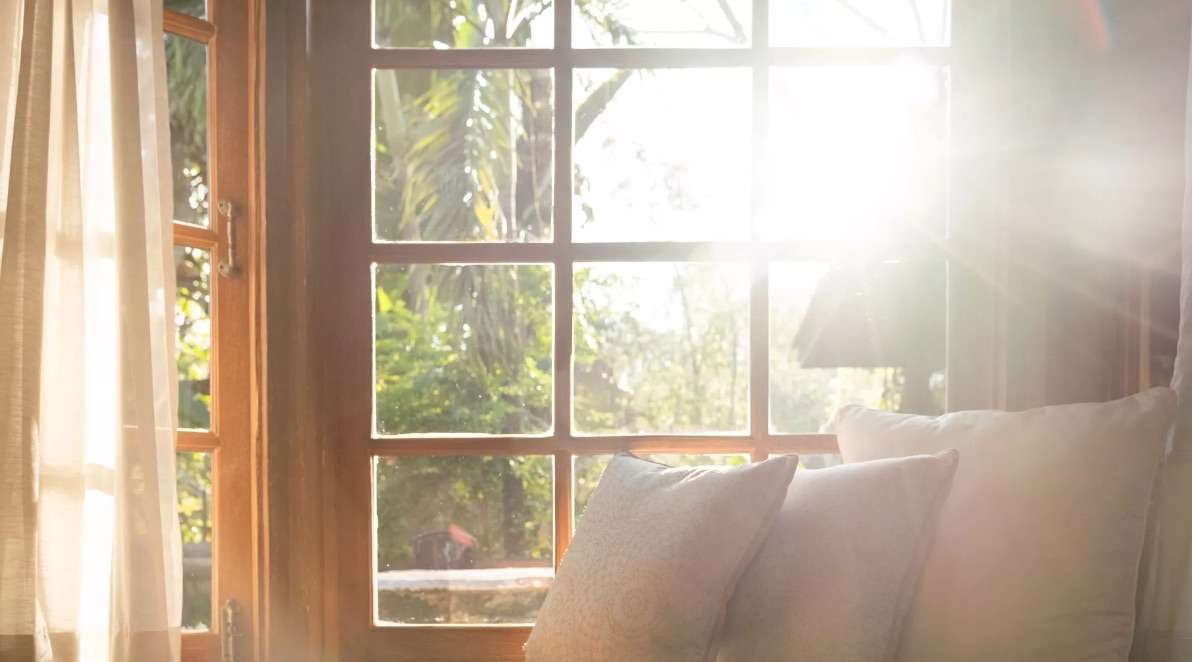Part O Simplified Method

The simplified method is the first port of call when demonstrating compliance with Part O. This can be applied to both moderate and high-risk locations. The risk category is determined by the location of the dwelling:
- Moderate risk – England, excluding high risk parts of London
- High risk – Urban and some suburban parts of London.
The calculations are also categorised by whether a building is cross-ventilated (has openings on opposite facades) or not. The simplified method is not suitable for buildings with more than one residential unit which use a communal heating or hot water system with significant amounts of horizontal heating or hot water distribution pipework.
How to comply with Part O:
Limiting Solar Gains: To comply with Part O you will need to limit solar gains to the property by remaining within the maximum area of glazing allowance. This is dependent on a variety of factors including; orientation, the location, and whether the dwelling is cross-ventilated.
In addition to following maximum glazing areas, residential buildings in high-risk locations should provide shading for glazed areas between compass points north-east and north-west via the south. Shading should be provided by one of the following means:
- External shutters with means of ventilation
- Glazing with a maximum g-value of 0.4 and a minimum light transmittance of 0.7
- Overhangs with 50 degrees altitude cut-off on due south-facing facades only.
Removing Excess Heat: To comply with Part O you will also need to ensure that openings are designed to achieve the minimum free areas.
Free area is defined as the geometric open area of a ventilation opening. This area assumes that a clear, sharp-edged orifice that would have a coefficient discharge. The minimum free area allowance is based on risk category, and whether the building is cross-ventilated.
Security
When determining the free area available for ventilation during sleeping hours, only the proportion of openings can be opened securely should be considered to provide useful ventilation. This particularly applied in the following locations, where openings may be vulnerable to intrusion by a casual or opportunistic burglar:
- Ground floor bedrooms
- Easily accessible bedrooms
Open windows or doors can be made secure by using any of the following:
- Fixed or lockable louvred shutters
- Fixed or lockable grilles or railings
What’s included in the calculation?
The simplified method only looks at the total floor area, glazing areas and free areas of the glazing. Any external shading or mechanical ventilation is not included in the simplified method.
If your dwelling doesn’t meet compliance under the simplified method, the only mitigation measures that can be implemented are changing the glazing design. Our assessors will advise on where amendments can be made to meet compliance e.g., decreasing the amount of glazing, or increasing the amount of openable areas.
If the required design changes are not feasible, a TM59 calculation will be needed. A TM59 assessment is a more detailed calculation that takes more parameters into consideration e.g., fabric specification of the dwelling. It also looks at any external shading or mechanical ventilation that is part of the building design. If needed, these measures can be implemented into the design to meet compliance as mitigation measures.
Share
